Foreigners must file for permits and sign on with an organised tour before stepping into Tibet proper, also known as China’s Xizang?province. But?Sichuan offers a viable alternative, and all you need to get here is a Chinese tourist visa. Within Sichuan's?borders are the Ganzi?and Aba?Autonomous Prefectures, a combined territory that corresponds roughly with the Kham, one of old Tibet’s three provinces and home to more than a dozen distinct Tibetan and other tribes.
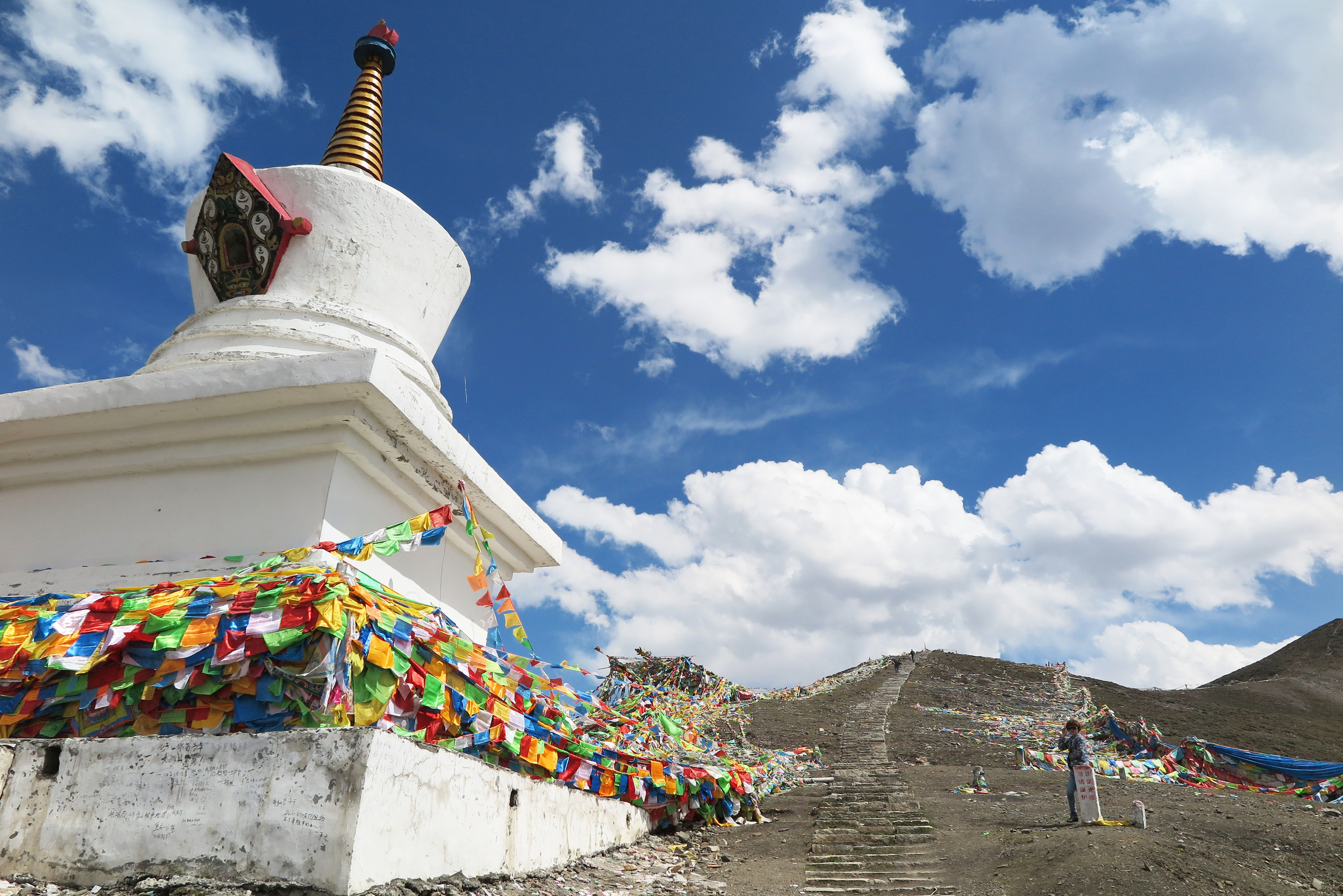
Here are our recommendations for taking in Sichuan’s side of the roof of the world.
This tiny, one-road settlement on the northern route of the Sichuan–Tibet Hwy is the centre of local nomadic culture and offers travellers coming from the east their first chance to encounter yaks, Tibetan herders’ most important livestock. In this cool climate at an?elevation of 3700m, the furry beasts graze comfortably on the grassy slopes when they’re not wandering around town. During?the short summer season, they produce copious amounts of milk used to make?Tibetan staples like rich, sour yogurt (sho) and savoury yak butter tea (bo-cha).
The handful of teahouses and hostels in Tagong, including Khampa Cafe & Arts Centre,?all serve their own variations, and some make yak burgers, too. But the best eating is to be had under a yak-hair tent pitched in the middle of the open grasslands. Khampa Cafe can connect you with one of the nomadic families that welcome visitors.
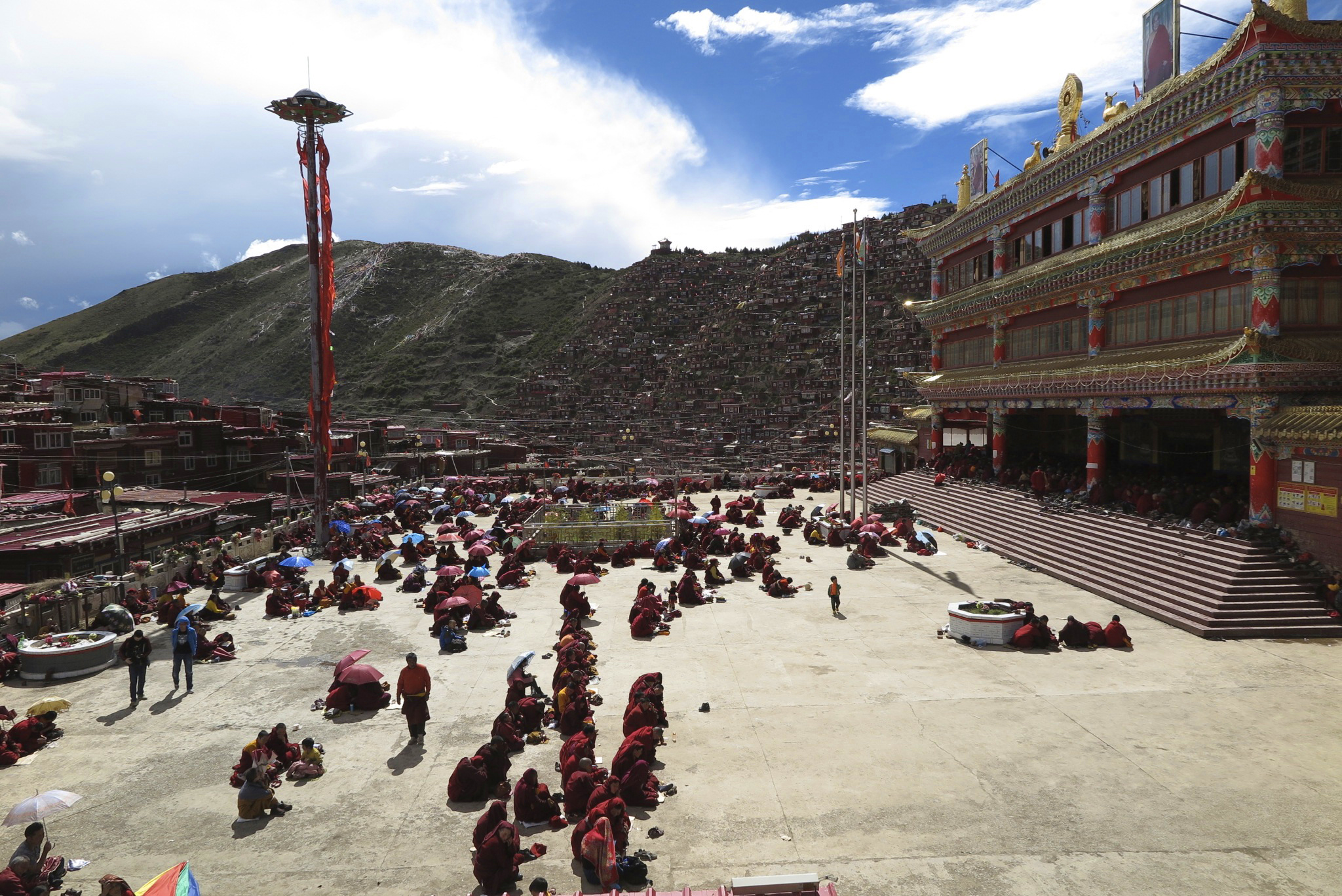
The world’s largest active Tibetan Buddhist school is not in Tibet proper but cradled in a steep alpine valley 170km northeast of Ganzi?in western Sichuan at Seda. Larung Gar Five Sciences Buddhist Academy Monastery officially enrols some 10,000 students from across China and as far away as southeast Asia, who dedicate their six to thirteen years to serious monastic study. The valley floor becomes a sea of red and yellow robes when thousands more arrive for holy days.
At the centre of it all are two massive golden-roofed halls, a nunnery (女金室, nǚjīnshì) and a massive main monastery (大金室, dàjīnshì), surrounded by terraces of subsidiary chapels and crimson-coloured living quarters. As with other famous monasteries further?west, visitors are welcome to observe morning readings and students engaging in lively debates around 5pm in the main monastery. But take care to step around the students and always ask before taking pictures.
At a dizzying 4014m, Litang?is one of the highest settlements in the world. To Tibetans, it is also known as the 'birthplace of holy men', the seventh and 10th Dalai Lamas among them, and so this small-but-exalted town offers a rare glimpse into some of the oldest rites of Tibetan religious culture.
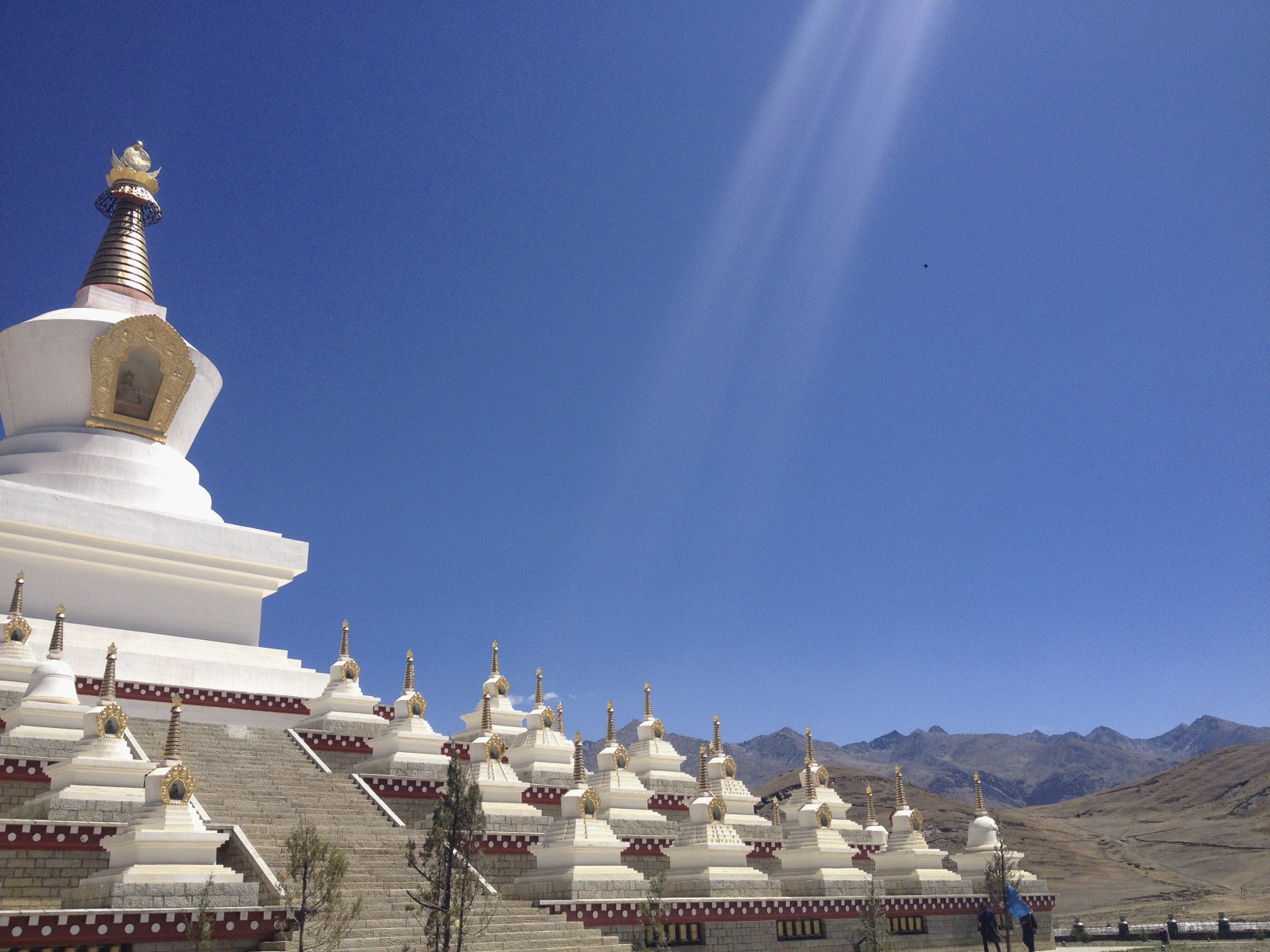
Among the hills behind the largest monastery, Ch?de Gompa, visitors are permitted to witness sky burials (jhator), a funerary ritual where bodies of the dead are cut into pieces before massive vultures descend to consume them. The bodies have already undergone a series of rituals, including prayers read from the Book of the Dead to guide the soul back to rebirth, so this final step?is seen as an act of compassion for the birds and evokes solemn joy among loved ones.
You must have the permission of the monastery to attend, so ask your guesthouse to help make the arrangements. If you do attend a sky burial, always remember what you are watching and treat the rites, and all those involved, with the utmost respect. Never take photos.
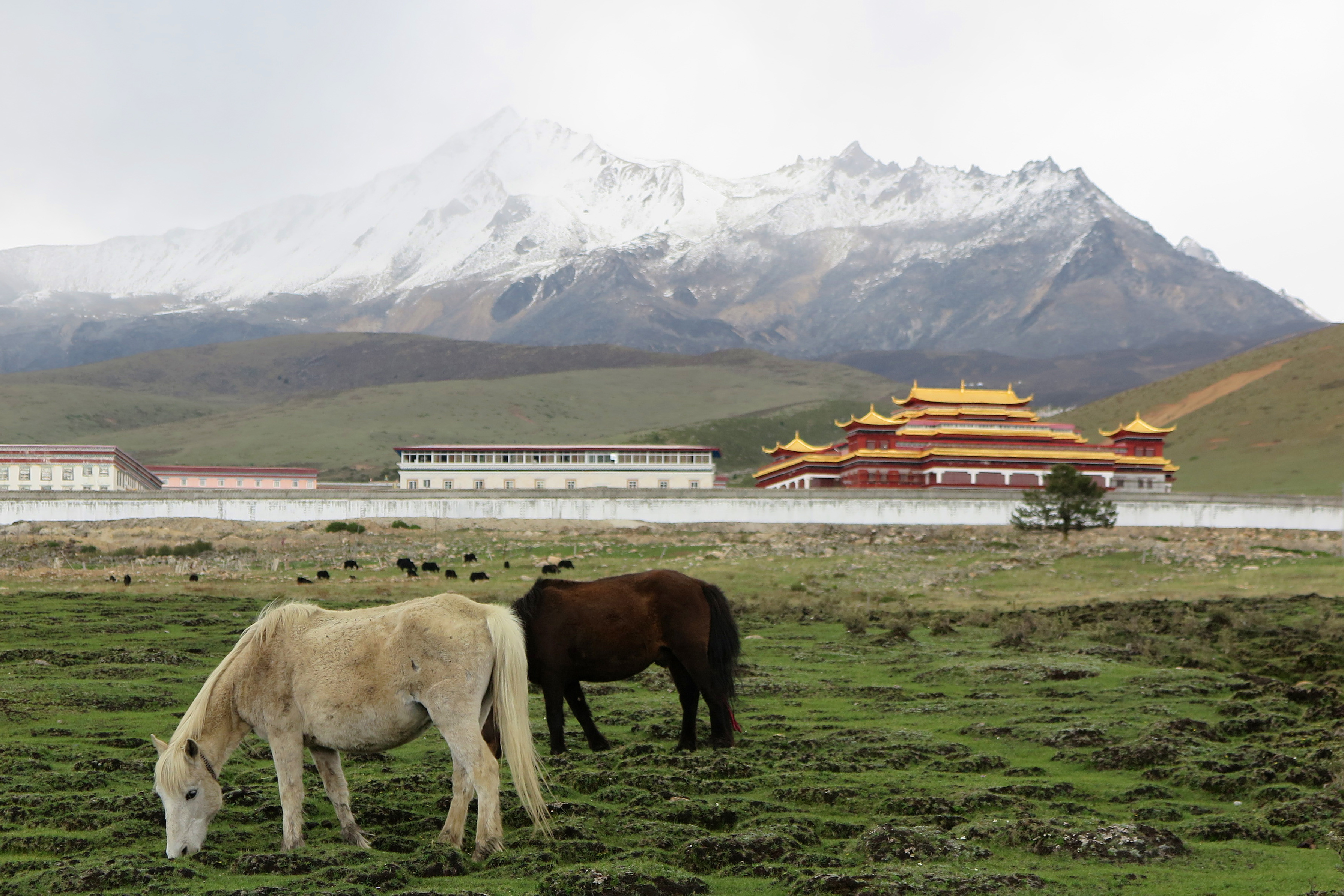
In the friendly historic town of Songpan?in northwest Sichuan, horses have been the stock and trade since the days of the Tea Horse Road, an ancient route for transporting tea to India. The horse trekking guides here have generations of Tibetan horsemanship in their blood and are skilled at leading travellers on treks astride small, nimble horses with just as much history in their veins.
A popular route is to Ice Mountain, a three-day trip across otherwise unseen valleys of green that turn eventually into jumbles of craggy rock and white snow as you approach the spectacular peak. An alternative of similar length is to Qicang Valley, a route past technicolor lakes that were only recently opened to camping.
Shùnjiāng Horse Treks?is the most established union of guides in Songpan, but there are other outfitters offering similar options. Trips start at ?220 per day, not including the tips the guides well earn. They prepare meals and provide all gear, including tents, sleeping bags, and yak hair coats when temperatures drop.
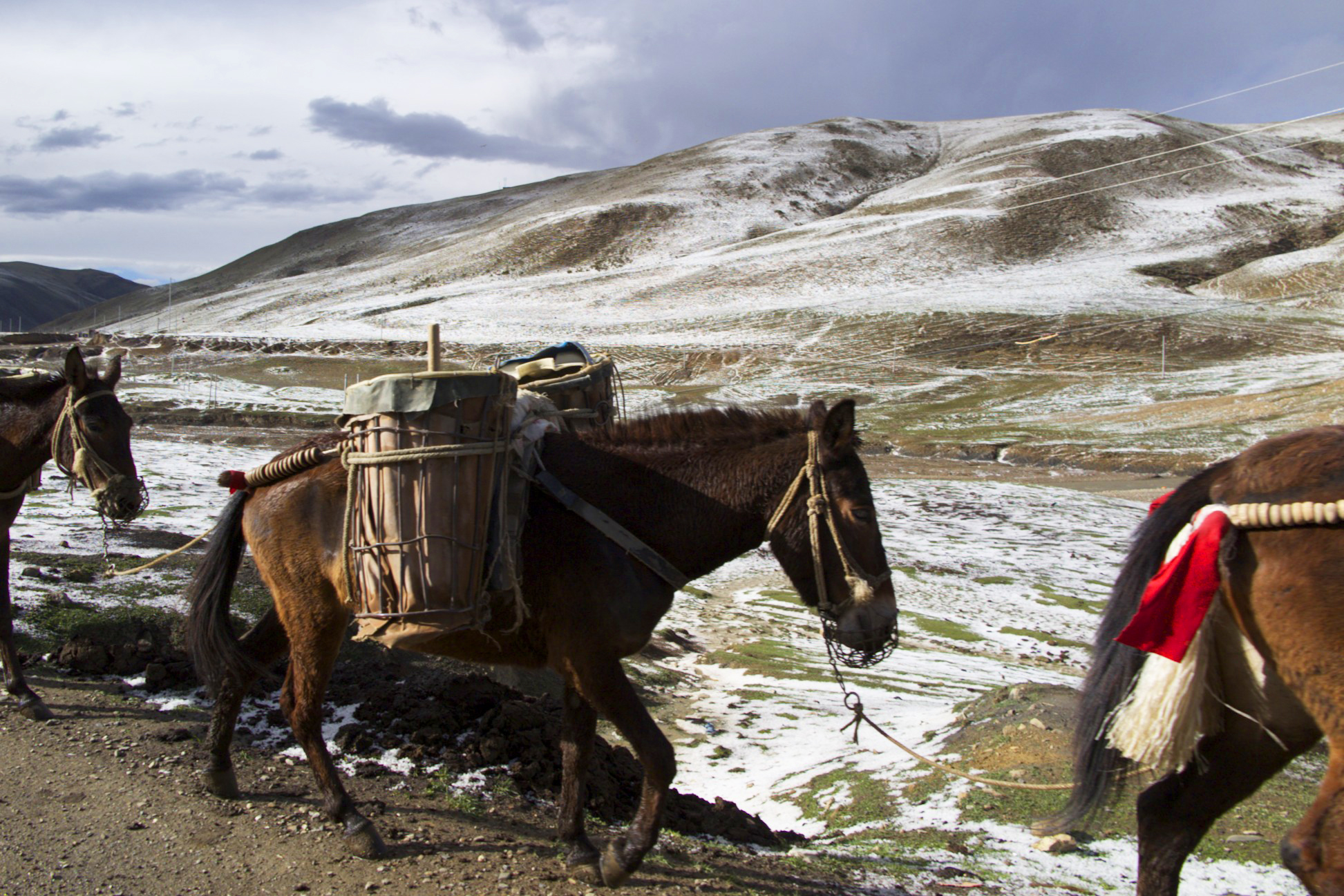
While the majority of travellers have great experiences, we recommend booking a trip with the help of local or a?hostel in Sichuan's capital city,?Chengdu, before you go. This?will help you negotiate details and terms that might not translate culturally, such as a refund should the weather change.
Of all of Tibet’s sacred mountains, the three snow-capped peaks in the magnificent Yading?Nature Reserve, in the southwest part of the province, are among the most sacred, second only to?Chomolungma, better?known as?Mt Everest.
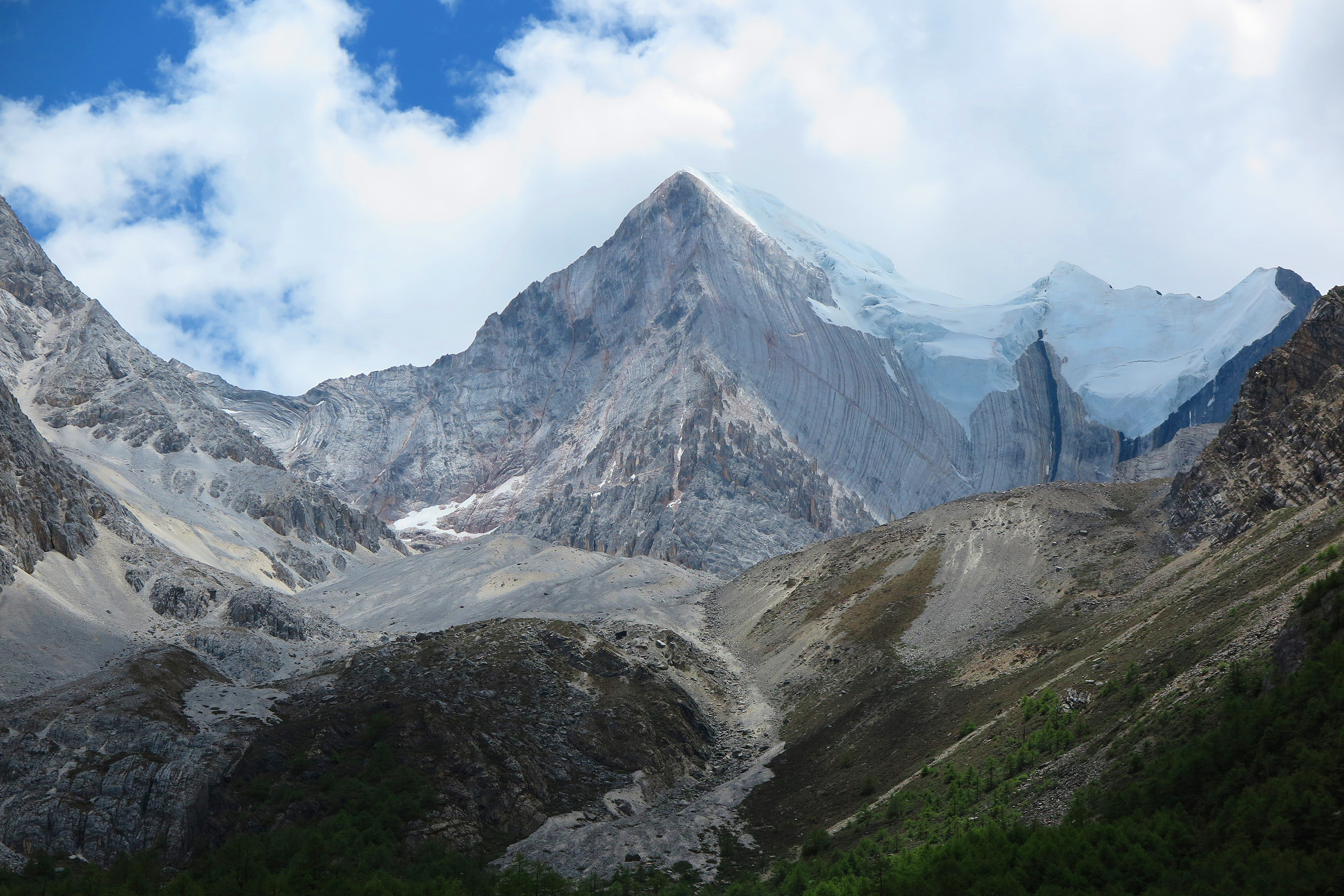
The three peaks –?Chenresig, Chana Dorje and Jampelyang –?represent ‘compassion’, ‘power’, and ‘wisdom’ in Tibetan Buddhism, and for the past 800 years, disciples have dedicated themselves to circling them to demonstrate their devotion. Walking the 35km holy hike (kora) around the highest, 6032m-high Chenresig, requires bringing your own gear to camp overnight. If you don’t have the time (or energy) for a full circuit, other opportunities for shorter hikes, camping, and horse trekking near?these peaks abound.
Travelling in Tibetan Sichuan is often a test of patience, though if you can endure the bumpy rides and poorly-kept roads, you are rewarded with some of the world's most spectacular scenery.
Chengdu?is the Sichuan's?transit hub and is the best base for reaching all of these sights, though that's not?to say transport is easy. Once travellers are west of Kangding, bumpy rides in small buses and vans are the only option for reaching most of these sights, and many roads are in poor shape or under construction. Weather conditions are unpredictable at high elevations, and hazards ranging from landslides to overturned semis are common.